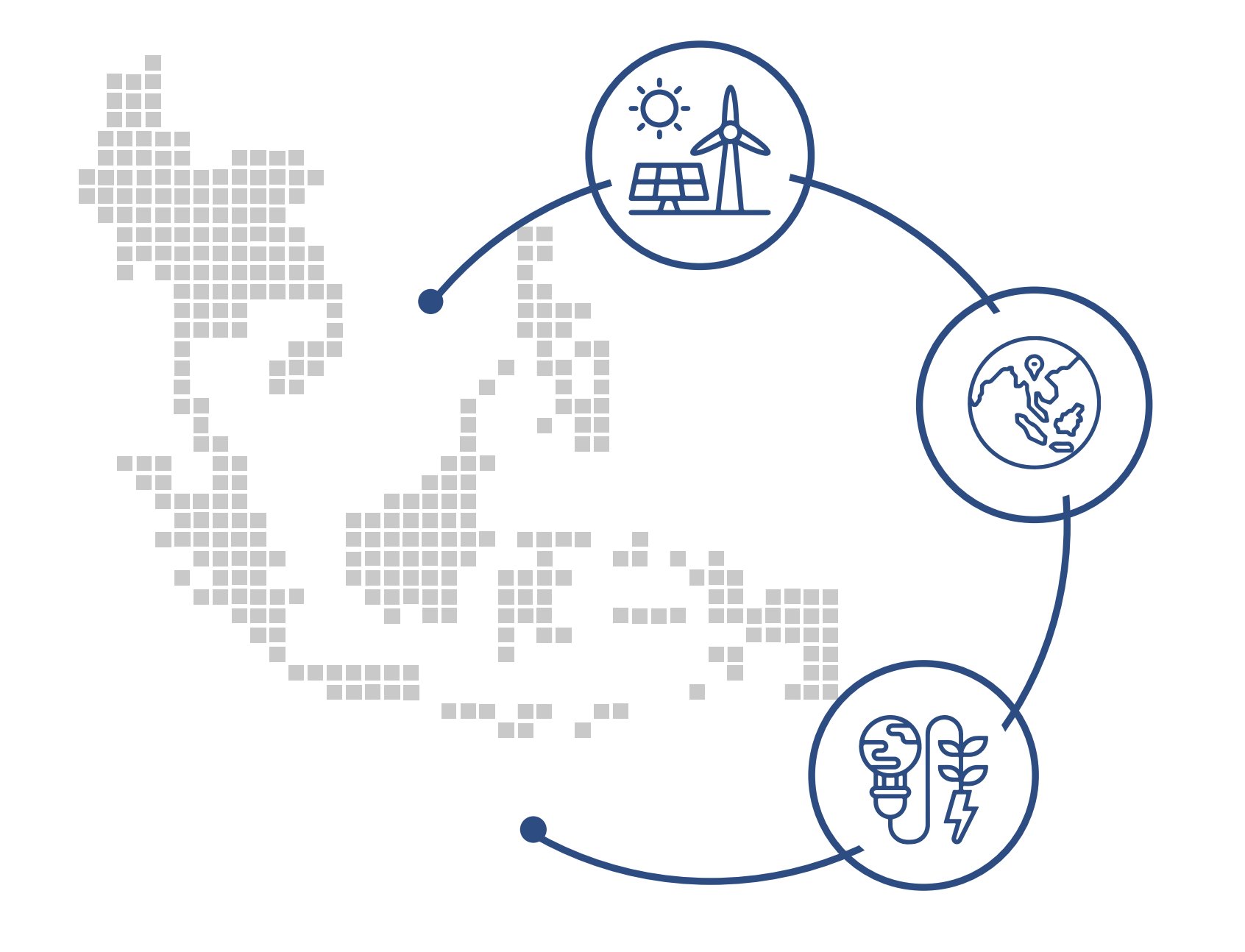This Brief was written by K.B. Tchorzewska , J. Garcia-Quevedo, J. and E. Martinez-Ros.
Governments and researchers around the world recognise that environmental taxes, especially carbon pricing, are not only effective initiatives to stimulate cost-effective pollution mitigation, improve the quality of air/water, and consequently reduce negative health impacts, but are also important stimulants for low-carbon, energy-efficient innovation (World Bank, 2018). Indeed, countries have become increasingly bold in introducing various environmental taxes, despite industry lobbying and dramatic newspaper headlines. Among the ones that have become the most successful in Europe are the NOx tax in Sweden which decreased emissions by over 30%, and the landfill tax in the UK, which helped reduce the amount of waste sent to landfills from 50 million tonnes in 2001 to 12 million tonnes in 2015[2]. In Spain, environmental taxes are still opposed and applied only at the regional level. Admittedly, several regional governments in Spain have tried to push new ones into existence; for example, Catalonia introduced a new vehicle tax in 2020.
However, how to design environmental taxes such as to reduce levels of contamination? What is the level of environmental taxation that encourages industry to adopt green technologies? How to combine environmental taxation with subsidies?
Heterogeneity of environmental taxation in Spain
Spain, unlike many European countries, has not introduced environmental taxes at the national level, but has instead left it to the Autonomous Communities to introduce such taxes at the regional level if they so wish (Figure 1).

In fact, several regional governments decided to follow this recommendation over the years, as shown in Table 1.

However, many argue that these taxes were introduced for the purpose of developing regional tax autonomy and increasing public revenue, without clear environmental objectives (Gago et al. 2019). As a result, Spanish environmental taxation is characterized by great differences in its application.
There are not only differences in the decision to create environmental taxation from one region to another, but also in terms of the type of environmental taxation (air pollution, waste, other environmental taxes) and its final rate. As can be seen in Figure 2, the amounts of the different types of taxes paid by companies differ even from year to year.

Empirical Strategy
To study the success of environmental taxes in Spain at encouraging the adoption of green technologies, we use a database provided by the National Institute of Statistics of Spain called “Survey on Expenditure on Environmental Protection”. It is a panel database that contains information on more than 2,500 Spanish industrial companies between 2008-2014.
First, we investigate how different levels of environmental taxes (air pollution, waste, and others) affect investment in green technologies. We divided the companies into four mutually exclusive categories: those that did not pay any environmental taxes in the past, and three groups that pay low, medium and high levels. We match firms based on their observable characteristics, such as size, industry, previous environmental investments, and organizational capabilities, and perform categorical treatment matching to compare the effects of not just paying low, medium, or high environmental taxes, but also between low and medium levels, low and high, and medium and high levels of environmental taxes.
What results do we find?
Surprisingly, we found that low levels of environmental taxes do not induce the adoption of green technologies at all. This effect was consistent between technologies that only reduce pollution levels (so-called “end-of-pipe”) and those that change the production process and are considered more profitable (cleaner production technologies, including those that reduce energy consumption). However, we also find that as the level of environmental taxation increases, the effect becomes significant and increases. Companies are very reluctant to invest in green technologies and need a significant push to really commit to adopting green technologies. Interestingly also, the environmental taxes need to be higher to encourage investment in the superior and more complex cleaner production technologies, compared to end-of-pipe technologies – that require only medium level of taxes.
Does this mean that we should substantially increase environmental taxation? There exists an alternative. Our empirical analysis finds evidence that, even at low levels, environmental taxation can be effective when combined with public funding. In this case, the effect was stronger than that of providing public funding alone. That said, the synergistic effect of the policy mix disappeared at high levels. High taxation is enough to encourage companies to adopt green technologies.
What does this mean for environmental policy?
This assessment of environmental taxation in Spain indicates that public attention should inevitably be directed at encouraging companies to invest in new energy efficient technologies, especially since it will substantially lower their production costs, while preserving the environment. It is clear, that the government in Spain makes limited use of environmental taxation. If they decide to introduce environmental taxes uniformly at the national level, they could be successful both in pushing industry towards adoption of green technologies and in raising significant revenues, which could then be recycled into environmental funds or redistributed back to companies in form of subsidies/grants for green investment, as suggested by Böhringer et al. (2019).
The empirical analysis indicates that there are two paths forward as to encourage industry to transition to green production:
- Increase the environmental taxes substantially as to push the industry towards green technology adoption, or
- Increase the environmental taxes slightly and accompany them with environmental investment subsidies (so called policy-mix) – provide investment subsidies for cleaner production technologies, especially cleaner production technologies reducing energy consumption.
About the Authors:

Kinga Tchórzewska is an Assistant Professor at Kozminski University and
Research Associate at Barcelona Institute of Economics.

Jose Garcia-Quevedo is a Professor at University of Barcelona and
Researcher at the Chair of Energy Sustainability (IEB, UB).

Ester Martinez-Ros is a Professor at Carlos III University of Madrid.
References:
Böhringer, C., Garcia-Muros, X., and González-Eguino, M. (2019). “Greener and fairer: A progressive environmental tax reform for Spain”. Economics of Energy and Environmental Policy 8, pp. 141– 160.
Gago, A., Labandeira, X., Labeaga, J.M., and Lopez-Otero, X. (2019). “Impuestos energetico-ambientales, cambio climatico y federalismo fiscal en Espana”. EKONOMIAZ. Revista vasca de Economia 95.01, pp. 275–290
OECD (2015). OECD Environmental Performance Reviews: Spain 2015, p. 236. doi: https://doi. org/https://doi.org/10.1787/9789264226883- en. url: https://oecd- ilibrary.org/content/publication/9789264226883-en.
World Bank (2018). State and Trends of Carbon Pricing 2018. World Bank, p. 236






